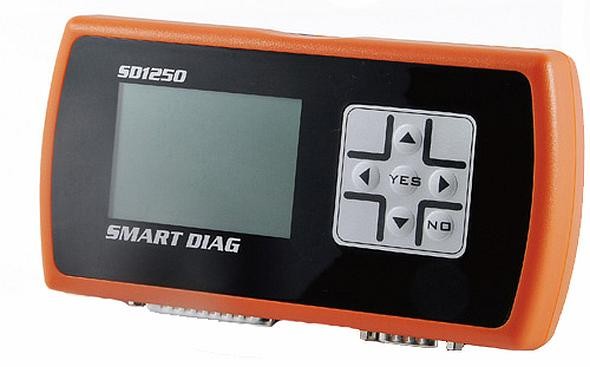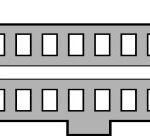The world of automotive repair and maintenance has become increasingly complex, with modern vehicles relying heavily on sophisticated electronic systems. To manage this complexity and ensure vehicles meet stringent emission standards, On-Board Diagnostics (OBD) systems were developed. Among these, OBD2 stands out as the current standard. Let’s delve into what OBD2 is and why it’s crucial for today’s cars.
OBD, short for On-Board Diagnostics, is essentially a computer system integrated into your vehicle. Think of it as your car’s internal health monitor. It’s designed to track and report on the performance of various vehicle systems, most notably those related to emissions control. If something goes wrong, OBD systems are designed to alert you and provide diagnostic information to technicians.
The journey began with OBD1, an earlier iteration of on-board diagnostics. Introduced in the early days of automotive electronics, OBD1 systems were primarily focused on monitoring emission-related components. As environmental regulations became stricter, the need for more comprehensive and standardized diagnostics grew. Early systems varied significantly between manufacturers, making it difficult for independent mechanics to service different makes and models effectively. This lack of standardization and limited scope paved the way for the development of OBD2.
However, OBD1 had its limitations. While it was a step forward, the systems were often proprietary and manufacturer-specific. This meant that diagnostic tools and procedures were not universally applicable. Troubleshooting could be cumbersome, and the depth of information provided was often limited compared to what was needed as vehicles became more technologically advanced. Furthermore, the initial emission standards were less stringent, so the diagnostic focus was narrower.
Recognizing these shortcomings and the increasing complexity of vehicle systems, the automotive industry moved towards a more robust and standardized diagnostic approach. This led to the birth of OBD2, a significantly improved and standardized system designed to address the limitations of its predecessor.
OBD2 became mandatory in the United States for all cars manufactured from 1996 onwards. This mandate ensured a baseline level of diagnostic capability across all vehicle makes and models. Following the US lead, other regions, including Japan with J-OBD2, adopted similar standards, making OBD2 a globally recognized and implemented system.
A key feature of OBD2 is standardization. It introduced a standardized connector and communication protocols for accessing diagnostic information. This standardization is embodied in the 16-pin Diagnostic Link Connector (DLC), a trapezoid-shaped port typically located within easy reach inside the vehicle cabin. This standardization meant that a single diagnostic tool could be used across a wide range of vehicles, simplifying diagnostics and repair processes for mechanics and allowing for greater accessibility to vehicle health information.
This standardized connector, the DLC (Data Link Connector), is usually found under the dashboard on the driver’s side of most vehicles. Its consistent location and pinout are hallmarks of the OBD2 standard.
Related Automotive Diagnostic Terms
Diagnostics | Defect | ECU | Preparation | Latest Automotive Parts
Understanding Diagnostic Trouble Codes (DTCs) in Depth
Back to Main Article Index 1|2|3|4|5 Next Page
Copyright © ITmedia, Inc. All Rights Reserved.

